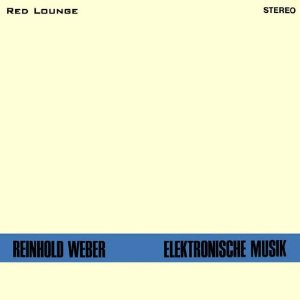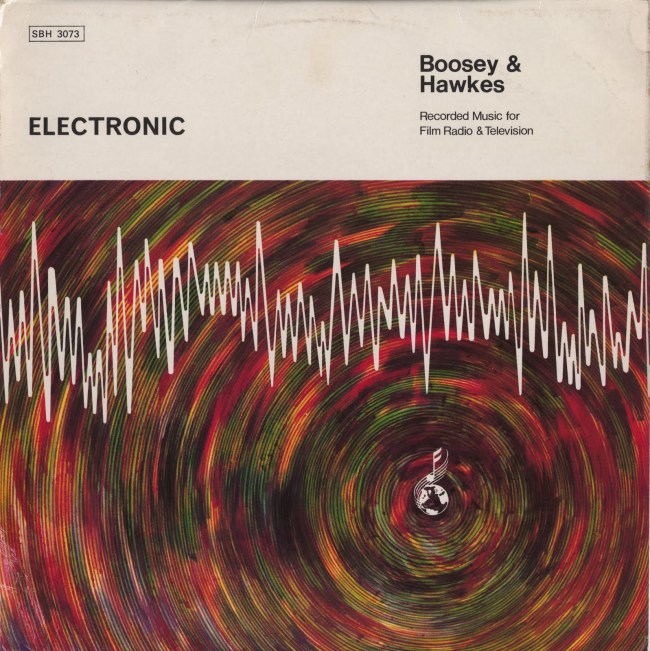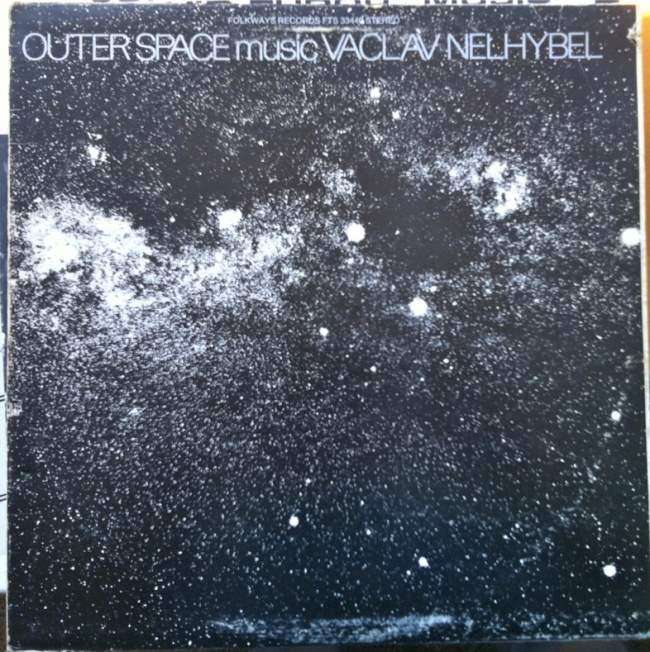Tags
Creel Pone #3 : Journey through sound
This article is a continuation from the previous Creel Pone review.
At the heart of my current journey through the most interesting music in the world, is the Creel Pone label. I have almost 100 downloads that I work my way through patiently, properly absorbing each and every one. The result is a breathtaking immersion into another world. If people around th world are producing music like this, there is a certain kind of hope for humanity. I get such universal feelings because the triviality of the day is removed with experimental music. Pop has its place (sort of) but that sort of repetitious sound serves to cement you in your routine.
Now, there is nothing wrong with routine. Routine is only problematical because of what it excludes. If you think of mass-media as a kind of drug that keeps your brain focused on things like what sort of butter you need to buy and how fast can you get to your next beer, the routine of constantly focussing on those questions repels any hope of any other question. This is partially why music (and other forms of art) will force an initial feeling of discomfort. It’s also why it requires effort. You are forcing something into a space that has been designed to keep it out. Music like the work displayed below can give you an alternative experience of your every day. Routine needn’t be abandoned. Rather it is expanded.
That’s how it works on a day-to-day level for me anyhow. Each of the works below have been in my i pod for a month or so. I don’t tend to shuffle, I like to experience the entire album. I do combine it with my daily routine however. I love living the day this way. Maybe you will hear something here that will give you the same thrill.
9. Reinhold Weber – Elektronische Musik (Deutsch Kratrock)
Reinhold Weber Elektronische Musik Schöpfung for electronics by Reinhold Weber @ ARTISTdirect.com.
It is completely beyond my non-abilities as a good and true internet music nerd to bring you a sample of this brilliant album, so I have added the crass link to Artist direct above where they have samples for a listen.
I have access to the 1970 version of this great album, and I have absolutely no German, so all the speaking interludes (which sound so deliciously creepy) are completely lost on me. Not lost however, is the basic sound / voice interconnectivity and the cerebral nature of the two pieces. This important album forms the heart and base of Krautrock, even if it sounds like a guy from mars giving advice on how to survive his 60’s psycho-planet. Having said that, this is not a drug-fucked dude. that is obvious even with the language barrier. This is a serious academic producing something exciting that will launch a thousand latex-coverd Krautrock ships. Take the time to leap on the link and have a listen. It really is great stuff.
10 and 11. Anthology of Dutch Electronic Tape Music 1955-1966
Boomkat gave a brilliant review of this classic album, so I’ve added it here:
Spanning 1955 to 1966 this selection picks out key moments from pioneering artists such as Hans Kox, Jan Boerman and the aforementioned Raaijmakers, among many other important figures. The kind of sonic invention here is truly something to be marvelled at, with pieces like Axel Meijer’s ‘Werkstuk 1964’ and Ton De Leeuw’s ‘Antiphonie’ (1960) leaving a particular impression thanks to their enduringly apparent innovation and timeless compositional elegance. Anyone interested in the various strands of electronic music’s history – whether GRM, Radiophonic Workshop or Karlheinz Stockhausen – would do well to investigate the material gathered here, because it fills in yet another gap in the increasingly well documented story of electroacoustic music’s evolution. This is a thrilling, exciting album,.
12. Tod Dockstader – Recorded Music for Film
This masterpiece was originally released on the Boosey & Hawkes label (shown above) but re-released through Creel Pone.
Tod Dockstader is an American composer of electronic music, and particularly musique concrète. He studied painting and film while at the University of Minnesota, before moving to Hollywood in 1955, to become an apprentice film editor. He moved into work as a sound engineer in 1958, and apprenticed at Gotham Recording Studios, where he first started composing. Dockstader’s first record, Eight Electronic Pieces, was released in 1960, and was later used as the soundtrack to Federico Fellini’sSatyricon (1969). He continued to create music throughout the first half of that decade, working principally with tape manipulation effects. In 1966 Owl Records released four albums of his work from this period including what many consider to be Dockstader’s masterpiece, Quatermass.
After achieving modest recognition and radio play alongside the likes of Karlheinz Stockhausen, Edgard Varèse, and John Cage, Gotham Studios shut down and Dockstader found himself without access to recording facilities. He applied to a number of established electronic music institutions but was rejected from them for his lack of academic experience in the field. Notably, he received separate rejection letters from both Otto Luening and Vladimir Ussachevsky at the Columbia-Princeton Electronic Music Center. He moved instead into audio-visual work, producing filmstrips and videos for use in schools.
This album is pure brilliance. I’ve had it with me for many weeks now – I loaded this one up months ago I confess, too keen to get into it. I adore it.
13. Vaclav Nelhybel – Electronic Music 1966
Václav Nelhýbel (September 24, 1919 – March 22, 1996) was a Czech-American composer, mainly of works for student performers. He is considered one of the most prolific composers of the 20th century.
He was born the youngest of five children in Polanka, Czechoslovakia. He received his early musical training in Prague, going to both Charles University in Prague and Prague Conservatory. In 1942 he went to Switzerland, where he studied at University of Fribourg; after 1947 he taught there. In 1957 he came to the United States, where he taught at several schools, including the University of Massachusetts Lowell. He served as Composer-in-Residence at University of Scranton for several years until his death. The University Department of Performance Music continues to house his full collection of works.
This beautiful issue by Creel Pone includes some freaky space sounds early on in the set followed by other bits and pieces of collections by Nelhybel. The linear notes to the Outer Space music section include this:
“Ingenious use of echo, artificial reverberation and electronic alterations gives the music in this category a weird, spooky futuristic, ‘out of this world’ quality, well-suited to super-natural happenings of any kind. Piano, drums and electronic instruments are used to achieve the strange atmosphere and spatial sounds.” Vaclav Nelhybel crafts a supernatural world, describing nebulae, meteors, star clusters and craters on Mars with sounds natural and manipulated to tell the story of cosmic space. A favorite track of mine is Song of the Spheres with its dooming footsteps and its light eerie space sound moving above.








Pingback: Creel Pone #4: Take me to Electronic Heaven « Lisa Thatcher